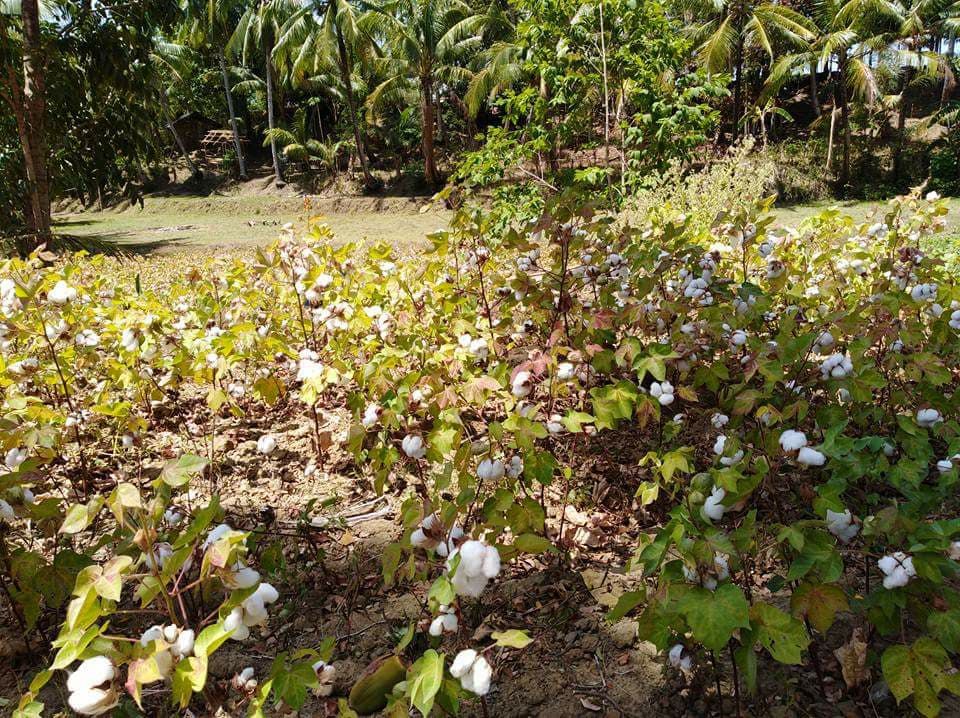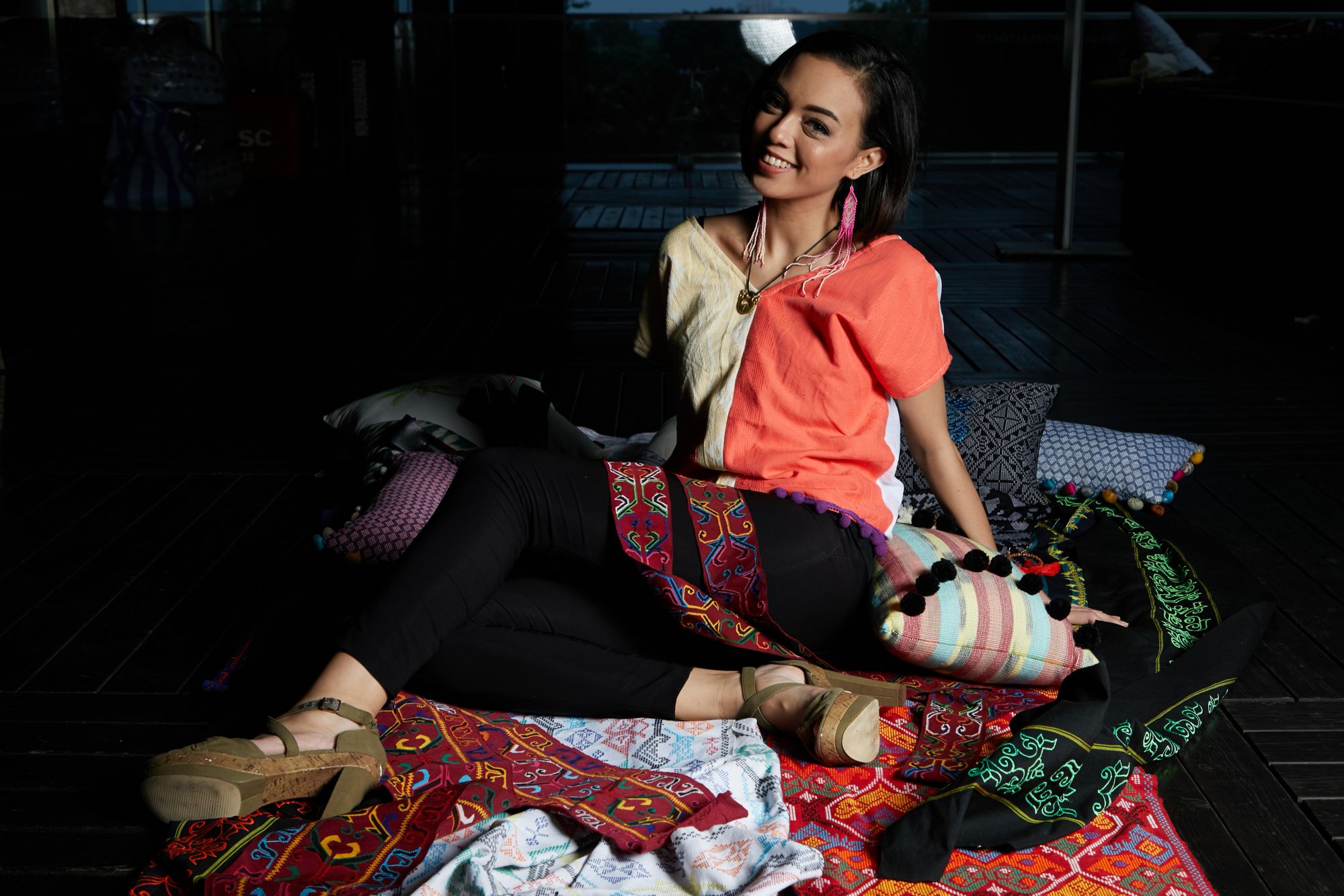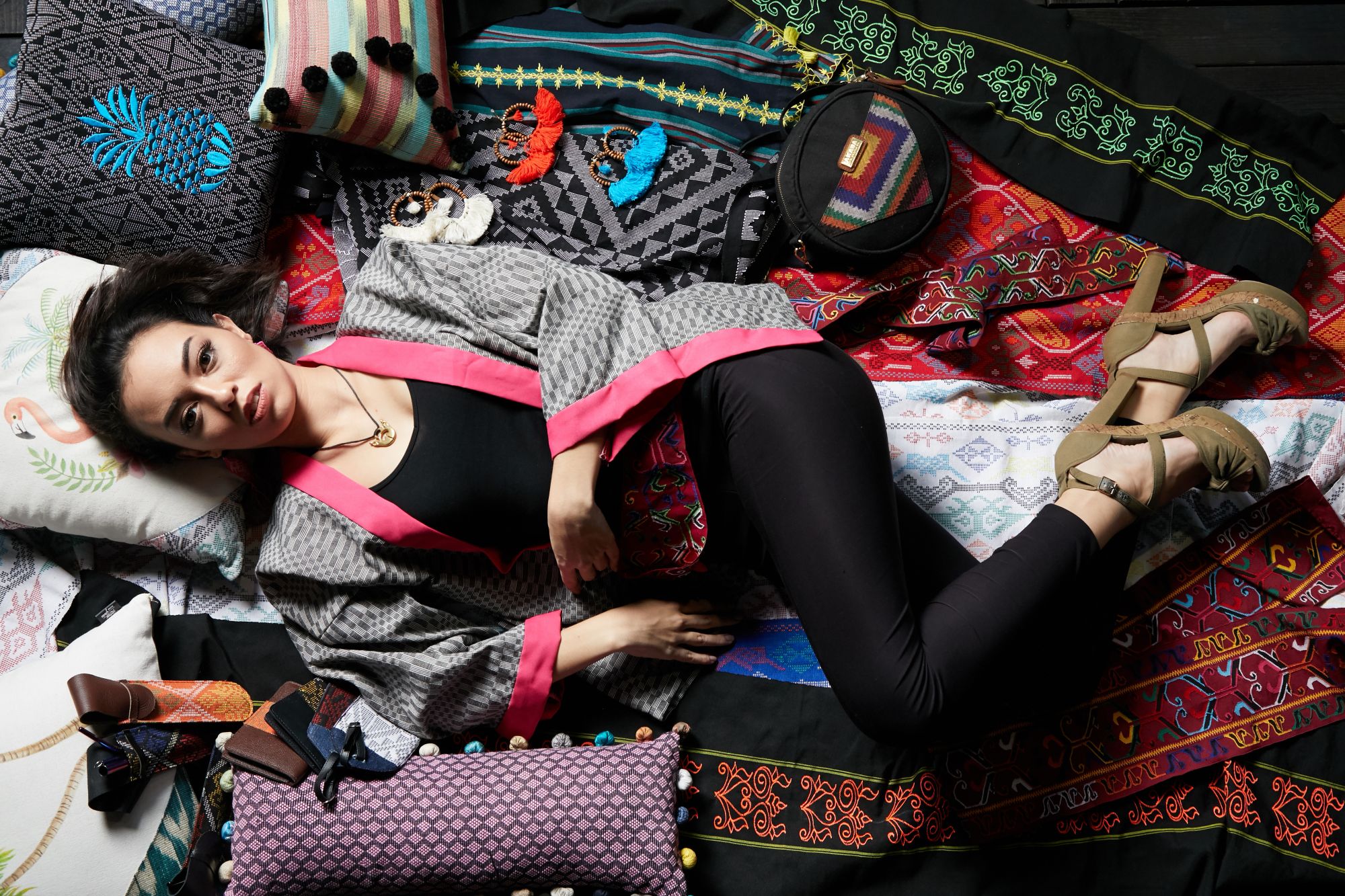Founded initially to preserve traditional weaving practices and textiles, HABI The Philippine Textile Council eventually became familiar with the plight of weavers in far-flung communities and now has adopted a cotton advocacy to revive the use of cotton yarns in the handloom weaving industry.
HABI Chairperson Maribel Ongpin has been fervently working across the archipelago not only to promote local textile products but to persuade as well the weavers to go back to cotton. Hence, annually they hold Likhang HABI Market Fair to give small and medium-sized enterprises an opportunity to showcase their crafts and products in Manila. Moreover, 90 per cent of the proceeds of the fair goes to the vendors and HABI's cut are all invested to their efforts to preserve, promote, and modernise the Philippine weaving industry.
"One of our big projects on the pipeline already, is to bring in a cotton micro-spinning facility with the help of the Department of Trade and Industry," Ongpin says. With the combined efforts of HABI and the Department of Agriculture in the recent years, cotton production in the country has increased after it went down in the previous decades. However, the battle is far from over and Ongpin believes that the micro-spinning facility in Leon, Iloilo will help resolve the issue.
"It will really improve the industry in the sense that the farmers will be well-compensated," she says. HABI has been purchasing cotton from its partner-farmers for the past years but with the micro-spinning facility, it will increase the supply and ease the access of local weavers rather than buying it from Manila, which can be expensive. It eliminates the problem of weavers buying cheap synthetic cotton from nearby stores, which does not command a high price.

HABI's efforts in this endeavour also extends to their collaboration with Ilocos-based PHILFIDA (Philippine Fiber Development Authority). In Luzon, Ilocos is at the forefront of cotton-growing industry and supplies its local weavers up to the Cordilleras. "We may not have enough number of cotton plantations but it's growing," Ongpin says. Moreover, by working with cooperatives, weavers can now buy a kilo of cotton less than half the price and with no shipping costs. "Therefore, they will have the fibre that they want, they will be able to command a better price because it's natural."





